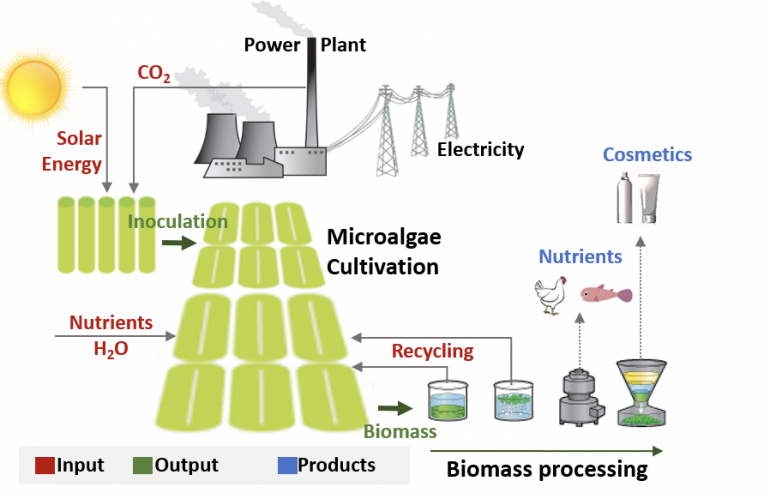What is carbon sequestration?
Carbon sequestration is the process of capturing and storing atmospheric carbon dioxide.
A method of reducing the amount of carbon dioxide in the atmosphere with the aim of reducing global climate change.
What are the two most common methods of sequestering carbon?
Geological carbon sequestration is the process of storing CO2 in underground geological formations. The most common method is to pressurize CO2 until it becomes liquid, then inject it into geological formations.
However, geological carbon sequestration comes with potential leaks into wells, cap rocks, geological faults and fractures. Such leaks could allow CO2 to move into shallow geological formations or into the atmosphere. This would pollute underground water, soil, rivers, lakes and the air, which could damage the ecological system.
Biological carbon sequestration is the storage of CO2 in vegetation, soils, and aquatic environments. This encourages the growth of plants, especially larger ones like trees, or feeding microalgae CO2.
How does algae play into biological carbon sequestration?
Algae, in conjunction with efficient bioreactors, are up to 400x more efficient than trees at removing CO2 from the atmosphere.
Trees “consume” CO2 as part of their photosynthesis process by “absorbing” carbon into their trunks and roots and releasing oxygen back into the air.
Algae also “consumes” CO2 but “absorbs” the carbon producing more algae. Thus, algae consume more carbon dioxide than trees because they can cover more surface area, grow significantly faster and be more easily controlled by bioreactors.
That means that we can make big reductions in atmospheric carbon by feeding the sequestered carbon from different industries to the algae in the photobioreactors.
When done correctly, it could make an industry carbon negative without changing current production patterns.
Why Algasol?
Algasol’s photobioreactors are the most efficient biological carbon capture technology based on algae biomass production from active CO2 sequestration. Algasol’s PBRs sequester a minimum of 1.8kg of CO2 for each kg of algae biomass produced.
Sequestered CO2 will be piped into the Algasol PBR using the patented internal aeration system for even distribution throughout the PBR for maximum growth.
CO2 sequestration – the algae biomass process offers new and beneficial opportunities for a variety of industrial applications including green cement, health products, cosmetics, bioplastics, fish and animal nutrition, as well as the CO2 credit market.

